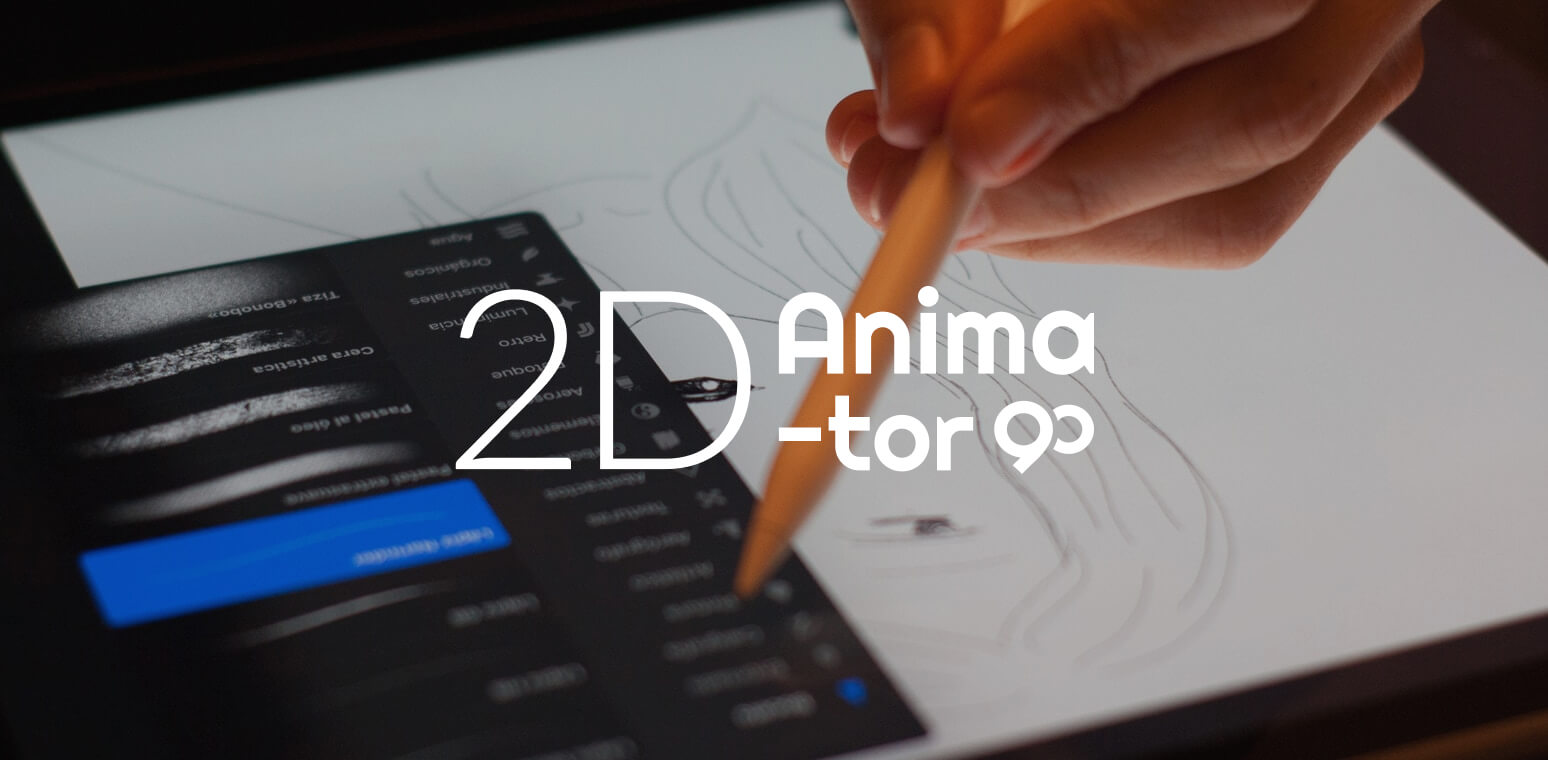
2d animation is an exciting career path with many opportunities in film, TV, video games, advertising, and much more.
If you live for drawing and creating visual effects, 2D animation just might be the right career path for you. For video production in particular, 2D animators are constantly needed for commercials and syndicated cartoons.
Get some experience
Here’s the steps you need to take to land the animation gigs you want.
Top-notch portfolios tailored to the type gig you're vying for
What kind of 2D animation do you specialize in, and what types of gigs are you looking to get? Just like how you need to have different versions of your resume when applying for jobs, the same goes for your animation portfolio.
An independent game developer looking for pixel art characters and backgrounds in a medium-sized game will have different needs and expectations than a large film studio looking for visual effects animators for a feature-length film. If need be, you may need to create some samples on your own that show you can work in different styles.
Demonstrate that you can work well with a team
You can be the best artist and animator that there is but if you can’t work with others and be able to show that, it’s going to be hard getting gigs.
Projects will be in the original creators’ team leader’s vision and you need to be able to gel with artists, writers, directors, and other members of production and development teams to make it happen.
Play to your strengths
Drawing skills are a necessity, as is collaboration with the rest of the art and design team on each project to create stunning visual effects.
Being highly familiar with the principles of light, color, and design and being able to creatively apply them will only make you a more adept animator.
Being able to work with other materials like acrylic, watercolor, and clay can also give your repertoire of animation skills a unique edge that your competition could be less likely to have.
Sketching and storyboard skills
Sketching and storyboard skills are a plus, but being adept with animation software is a must. You need to make a significant investment in learning how to use tools like Lightwave, Adobe Creative Suite, ToonBoom, and others since Flash alone doesn’t cut it anymore.
Diversify
2D animators frequently pick up 3D animation skills to get work in the fast-paced world of fully-animated feature films which are virtually always in 3D today.
If you’d like to move beyond animation, becoming an art director for animated or hybrid animation-live action films could make for an exciting career change.
Since storyboards are an integral part of the animation process, it may even turn you into writing for video production if they’re your favorite part of the process.
Set design can also be a practical move that puts your drawing and mixed media skills to use, as is set dressing if you’d like to move from software and paper backgrounds to live action.